Confronted with numerous choices for garden pathways, how can you design something distinctive that enhances your outdoor area? It's time to innovate, plan strategically, and recognize the impact of a beautifully constructed gravel path.
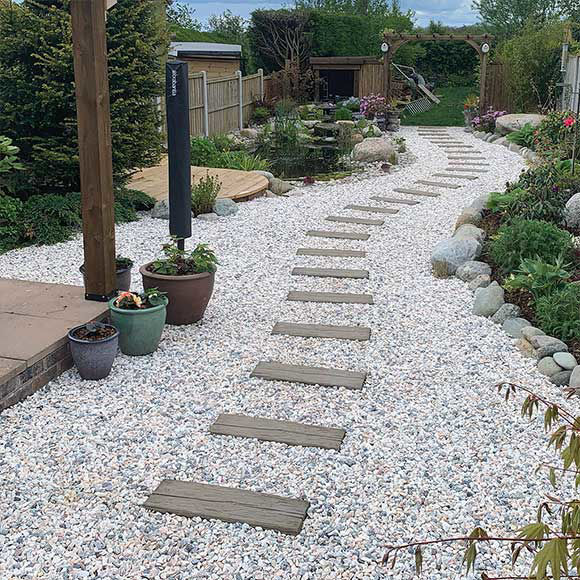
Planning Your Pathway
A successful gravel pathway starts with a clear plan. Measure the area, decide on the shape and width, and mark it out with string or spray paint. Remember, this is the foundation of your project.
Top tips:
- Choose a pathway design that complements your garden layout.
- Ensure the path is wide enough for comfortable walking.
- Consider the purpose: Is it purely decorative, or will it have heavy foot traffic?
Choosing the Right Gravel for Your Pathway
When planning your gravel pathway, it's crucial to select gravel sizes that are both practical and visually appealing. Here are some recommended gravel types available at Pattrick & Thompsons:
- All Purpose Gravel 10mm-20mm
- Dove Grey Limestone Gravel 20mm -14mm
- Pink Grey Granite Chippings 10-20mm
- Black Ice 10-20mm Gravel
- Mellow Cotswold Chippings Buff 20mm
- Staffordshire Pink Gravel 10-20mm
For garden walkways and paths, it's advisable to choose gravel sizes between 10mm and 20mm. Smaller stones, like pea gravel, can create a softer surface ideal for barefoot walking areas or decorative features. Larger stones, such as Scottish Cobbles or Plum Slate Chippings, are better suited for decorative purposes along walkways or garden borders due to their size and texture.
Preparing the Ground
Preparation is key. Excavate the path area to a depth of about 4-6 inches, then lay a base layer of landscape fabric to prevent weed growth.
Top tips:
- Use a compactor to ensure a firm base.
- Edge the path with bricks, stones, or metal edging to keep the gravel contained.
- Add a layer of crushed stone or sand for stability.
Laying the Gravel
Now comes the fun part. Spread the gravel evenly over the prepared base, aiming for a depth of about 2-3 inches. Use a rake to smooth it out and ensure an even surface.
Top tips:
- Layer the gravel in stages, compacting each layer for a solid pathway.
- Avoid overfilling the path, which can make walking difficult.
- Periodically top up the gravel to maintain the desired depth.
Preventing Weeds in Your Gravel Pathway
Using landscaping fabric under your gravel path is essential for weed control. While it doesn't guarantee a weed-free path, it significantly reduces the amount of work needed to keep your path clear. Without this layer, weeds can displace stones, creating unsightly gaps and uneven areas.
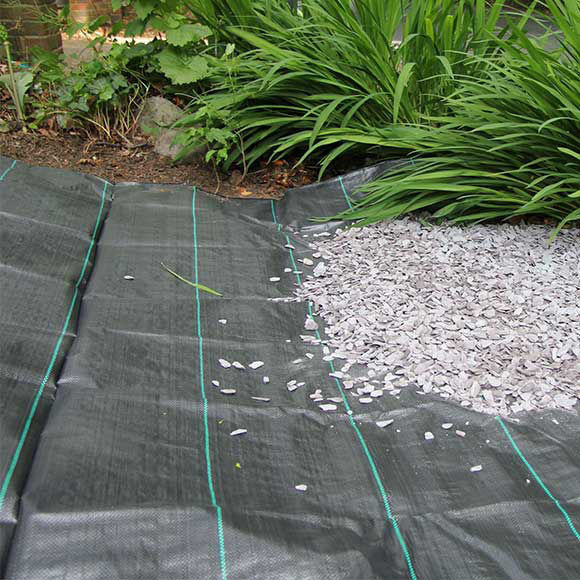
Maintaining Your Gravel Pathway
A well-maintained gravel path will serve you well for years. Regular maintenance includes raking to even out the gravel, removing debris, and occasional washing to keep it looking fresh.
Top tips:
- Use a leaf blower to clear leaves and twigs without displacing the gravel.
- Address any weeds promptly to keep the path looking tidy.
- Refresh the gravel periodically to maintain its appearance and functionality.
Maintaining gravel stability: Do you need gravel grids?
In relatively flat gardens, gravel often remains in place with minimal maintenance. However, on sloped pathways, gravel can shift, especially with foot traffic or weather conditions. Gravel grids offer a solution by securing gravel in sections, preventing stones from moving while preserving the gravel's natural appearance.
Even on level ground, occasional gravel displacement can occur due to regular use or weather effects such as heavy rain and thawing snow. Considering gravel grids is beneficial for long-term stability, ensuring your pathway remains neat and functional over time.
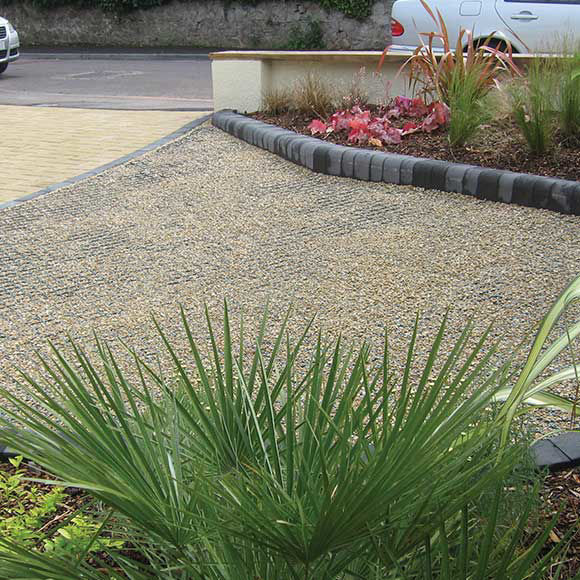
Sustainability Benefits
Gravel pathways offer more than just aesthetic appeal; they also contribute positively to the environment. According to LiveWell Outdoors, "Unlike traditional paving materials, open-graded gravel allows for natural water infiltration, reducing runoff and replenishing groundwater. Its permeable nature promotes soil health and minimizes the strain on municipal stormwater systems, contributing to a healthier ecosystem" (Source: LiveWell Outdoors). This permeability not only helps in managing water but also supports local ecosystems by reducing environmental strain. Choosing gravel for your garden pathways aligns with sustainable practices, ensuring your outdoor space remains eco-friendly.
Summary
Gravel pathways are a functional, beautiful, and sustainable addition to any garden. By tailoring the pathway to match the personality of your garden and focusing on thoughtful design and regular maintenance, you create a lasting feature that enhances your outdoor space.
At Pattrick & Thompsons, we’re here to help you every step of the way, offering a wide selection of gravel and expert advice to ensure your pathway project is a success. We hope this guide inspires you to create a beautiful and functional gravel pathway that complements your outdoor sanctuary.
Pattrick & Thompsons delivers gravel to your doorstep across King's Lynn and surrounding areas, ensuring convenient access to quality landscaping materials.
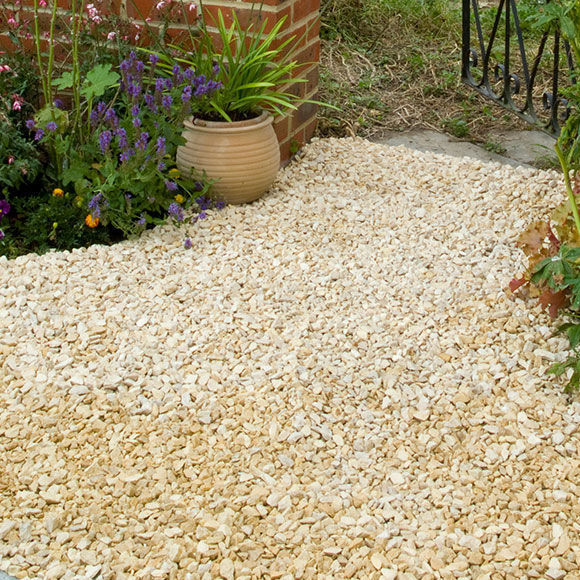
FAQs
How do I plan a gravel pathway in my garden?
Planning involves measuring the area, deciding on the shape and width, and marking it out with string or spray paint. Consider the pathway design that complements your garden layout.
What is the best gravel size for a garden pathway?
For garden walkways and paths, it's advisable to choose gravel sizes between 10mm and 20mm. Smaller stones, like pea gravel, can create a softer surface ideal for barefoot walking areas or decorative features. Larger stones, such as Dove Grey Limestone Gravel or Mellow Cotswold Chippings, are better suited for decorative purposes along walkways or garden borders due to their size and texture.
How deep should a gravel pathway be?
Aim for a depth of about 2-3 inches for a gravel pathway to ensure stability and durability.
Do I need to edge a gravel pathway?
Yes, edging the path with bricks, stones, or metal edging is important to keep the gravel contained and maintain pathway integrity over time.
How do I maintain a clean gravel path in my garden?
Maintaining the cleanliness of your gravel path involves regular sweeping to remove debris and occasional washing with a hose to clear away dirt and dust. Use a rake to smooth out the surface as needed.
Is it advisable to use a pressure washer on a gravel pathway?
Using a pressure washer on a gravel pathway is not recommended as it can displace the gravel and damage the path’s structure. Instead, consider using a low-pressure setting when cleaning with water.
What should I do if my gravel path becomes uneven or develops ruts?
If your gravel path becomes uneven or develops ruts, redistribute the gravel evenly with a rake. Add more gravel as needed to fill any depressions and restore a smooth, even surface.
How can I effectively prevent weeds from growing in my gravel path?
To prevent weeds, it's crucial to use a weed-suppressant membrane during installation. Regularly check the path for emerging weeds and promptly remove them by hand or with natural herbicides.
What are the sustainability benefits of using gravel pathways?
Gravel pathways allow for natural water infiltration, reducing runoff and replenishing groundwater. Their permeable nature promotes soil health and minimizes strain on municipal stormwater systems, contributing to a healthier ecosystem.

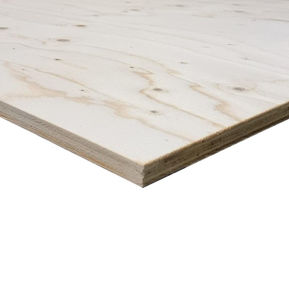

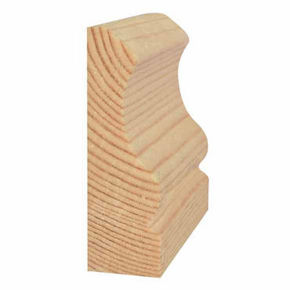
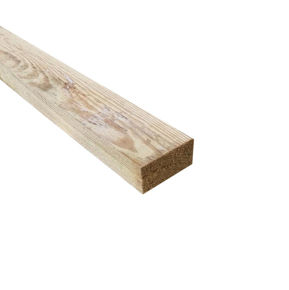

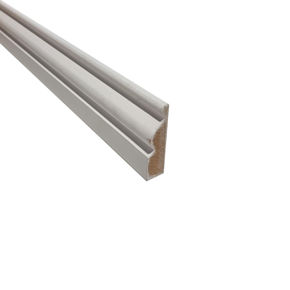
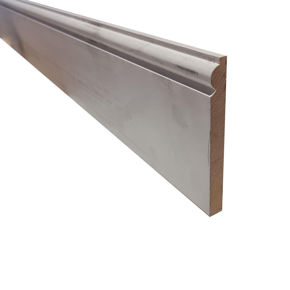
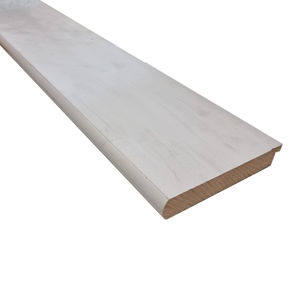
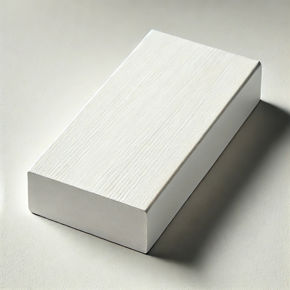
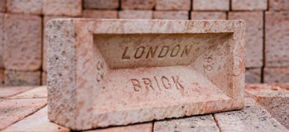

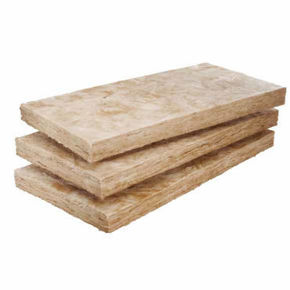

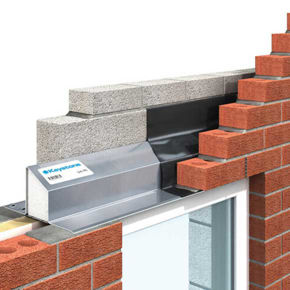
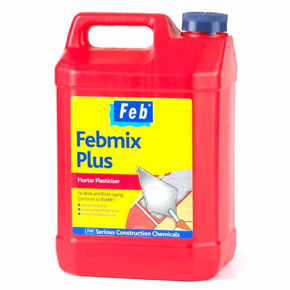
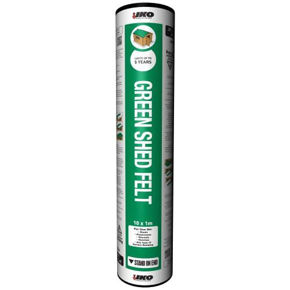


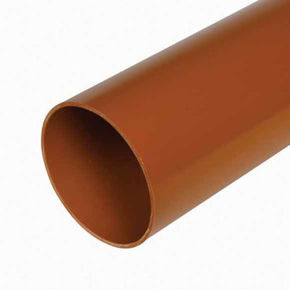
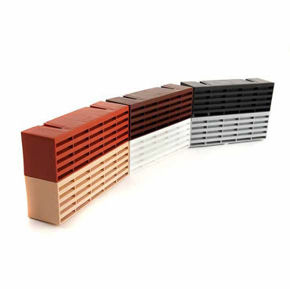
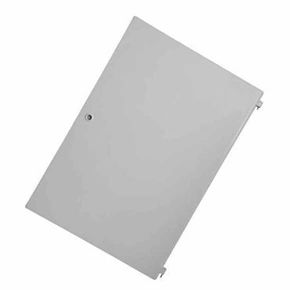
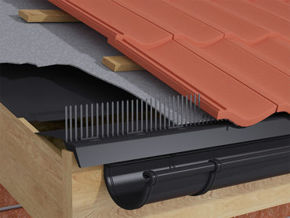
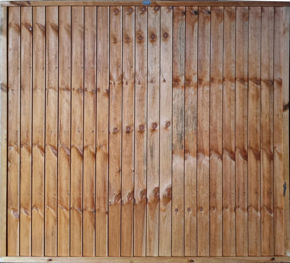
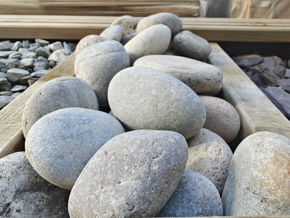
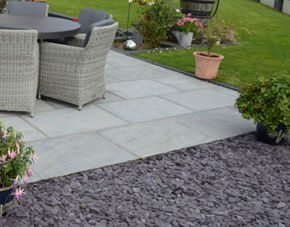
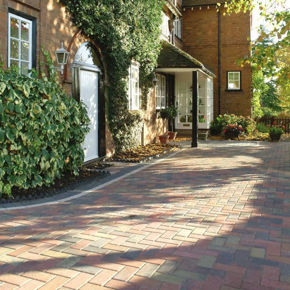

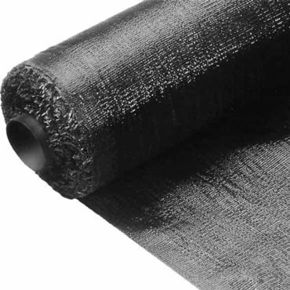
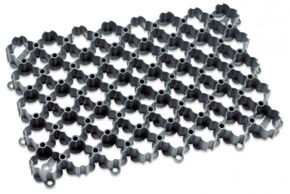



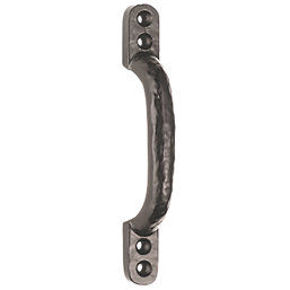
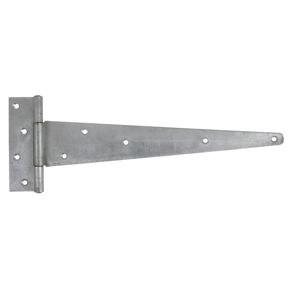
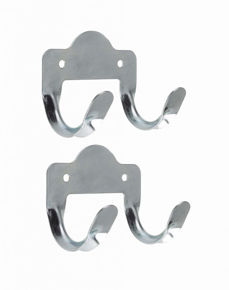


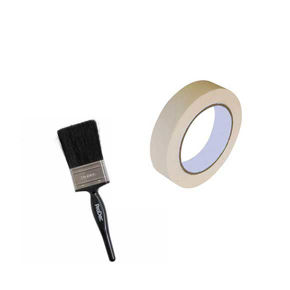
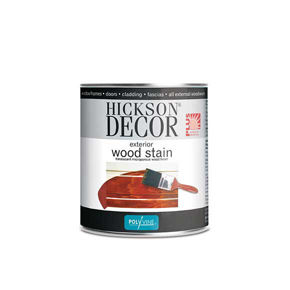


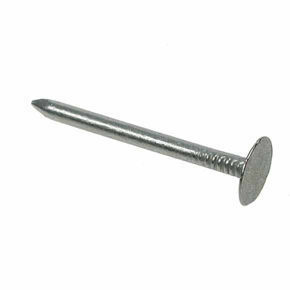

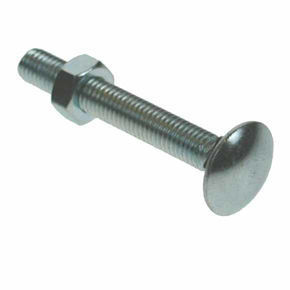



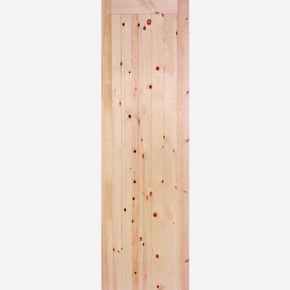





_1000.png)
